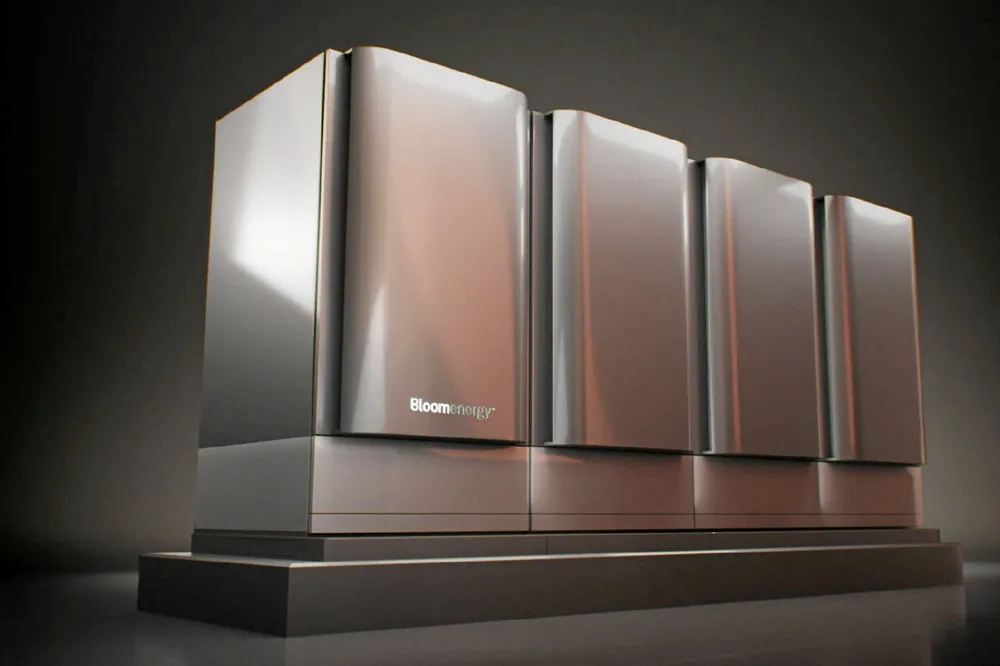US hydrogen firm Bloom Energy posts $209m loss for 2023, with nearly $4bn deficit accrued to date
The solid-oxide fuel-cell and electrolyser manufacturer’s chief financial officer is set to resign

The solid-oxide fuel-cell and electrolyser manufacturer’s chief financial officer is set to resign
